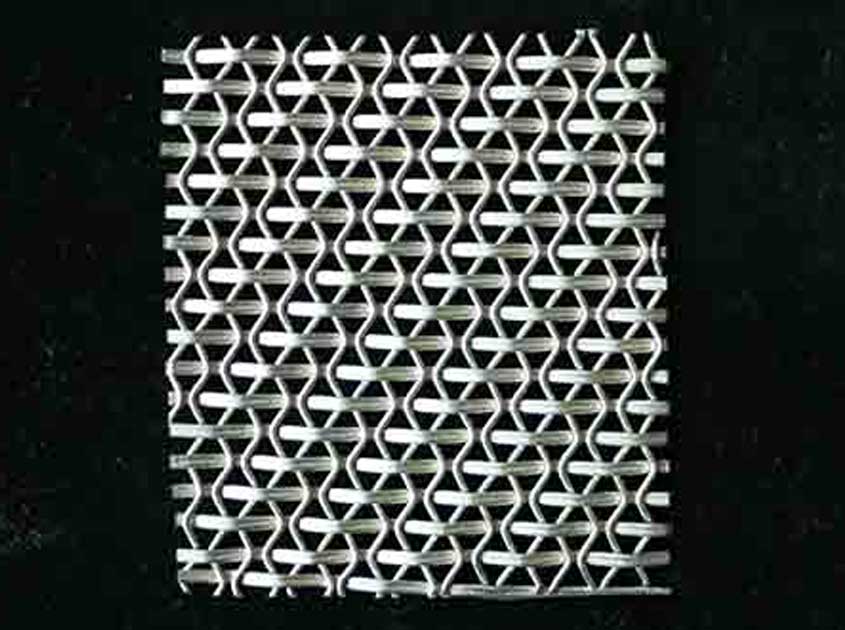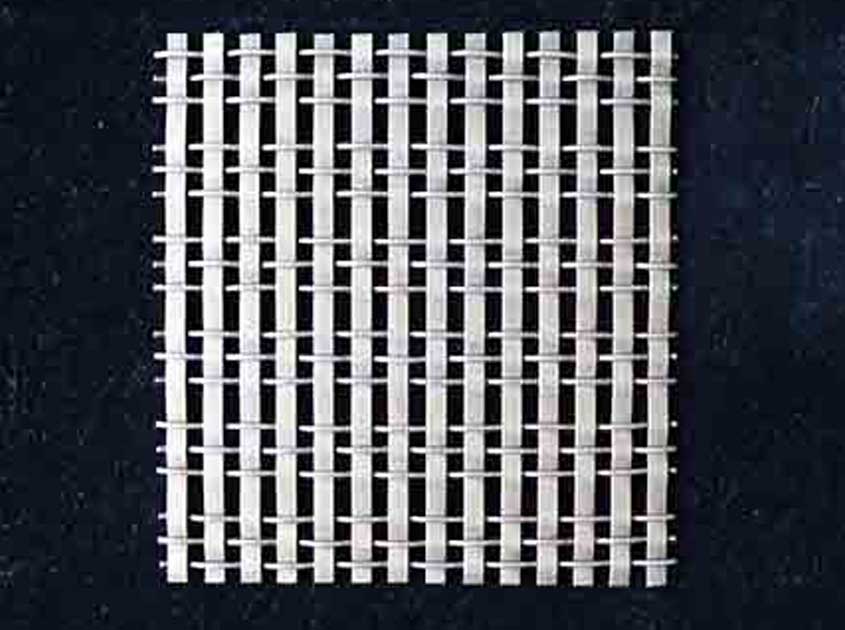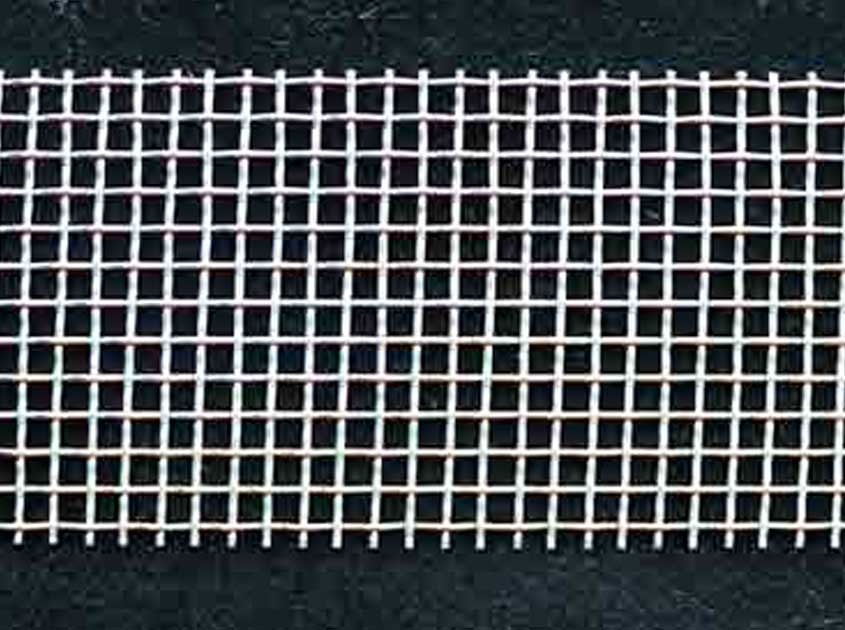Introduction:
Architectural woven mesh has revolutionized the way architects and designers approach the concept of transparency and privacy in architectural projects. With its unique characteristics, architectural woven mesh offers a delicate balance between openness and seclusion, allowing for the creation of visually stunning and functional spaces. This article explores the role of architectural woven mesh in balancing transparency and privacy in architectural projects, highlighting its versatility, design possibilities, and impact on the overall user experience.

Transparency: Connecting Indoor and Outdoor Spaces:
Architectural woven mesh is renowned for its transparency, which serves as a bridge between indoor and outdoor environments. By incorporating woven mesh panels into building facades, architects can create a sense of continuity, blurring the boundaries between interior and exterior spaces. The mesh allows natural light to penetrate the building, reducing the need for artificial lighting and creating a bright and airy atmosphere. This transparency not only enhances the aesthetic appeal of the architecture but also promotes a connection with the surrounding environment, fostering a sense of harmony and integration.

Visual Interest and Aesthetics:
Architectural woven mesh introduces a visually captivating element to architectural projects. Its interwoven patterns and textures add depth and intrigue to facades, partitions, and other architectural elements. The play of light and shadow on the mesh surface creates dynamic visual effects, adding a touch of artistic expression to the overall design. The transparency of the mesh also allows for views both from the inside and outside, enhancing the visual interest and providing occupants with unique perspectives of their surroundings.

Privacy: Controlling Views and Sunlight:
While transparency is desirable in many architectural projects, privacy is equally important in certain spaces. Architectural woven mesh offers a solution by providing controlled views and shading capabilities. The mesh can be customized to varying degrees of openness, allowing architects to balance transparency with the desired level of privacy. By strategically placing woven mesh panels, designers can create private areas while still allowing for natural light and ventilation. This control over views and sunlight ensures a comfortable and secure environment without sacrificing the sense of openness.

Noise and Acoustic Control:
Architectural woven mesh also contributes to the acoustic performance of spaces. The mesh acts as a sound-diffusing material, reducing noise levels and enhancing acoustic comfort. This is particularly beneficial in public spaces or open-plan environments where noise control is crucial. The intricate patterns and textures of the mesh aid in scattering sound waves, minimizing echoes and improving overall acoustics, resulting in a more peaceful and enjoyable user experience.

Sustainable Design:
Architectural woven mesh aligns with the principles of sustainable design. Its transparency allows for daylight harvesting, reducing the reliance on artificial lighting and improving energy efficiency. The mesh also promotes natural ventilation, reducing the need for mechanical cooling systems. Additionally, architectural woven mesh is often made from recyclable materials, making it an environmentally conscious choice for architectural projects.
© 2025 Joinwin Architectural Wire. All Rights Reserved. | Sitemap
Recommended Read
Unique architectural metal decorative mesh adds charm to your project
Metal woven mesh is widely popular due to its unique design, high strength, durability and functionality.